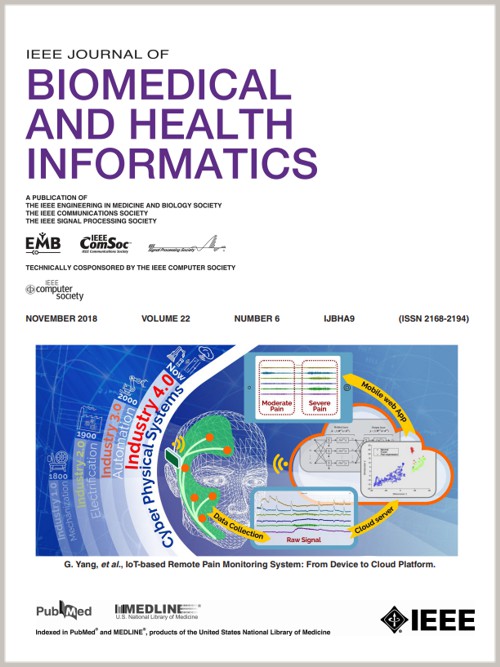Exploration of the Rashomon Set Assists Trustworthy Explanations for Medical Data
IF 6.7
2区 医学
Q1 COMPUTER SCIENCE, INFORMATION SYSTEMS
IEEE Journal of Biomedical and Health Informatics
Pub Date : 2024-11-06
DOI:10.1109/JBHI.2024.3443069
引用次数: 0
Abstract
The machine learning modeling process conventionally results in selecting a single model that maximizes a selected performance metric. However, this approach leads to abandoning a more profound analysis of slightly inferior models. Particularly in medical and healthcare studies, where the objective extends beyond predictions to generation of valuable insights, relying solely on a single model can result in misleading or incomplete conclusions. This problem is particularly pertinent when dealing with a set of models known as罗生门集探索有助于为医学数据提供可信解释
机器学习建模过程的传统结果是选择一个单一模型,使选定的性能指标最大化。然而,这种方法会导致放弃对略逊一筹的模型进行更深入的分析。特别是在医疗和保健研究中,目标不仅仅是预测,还包括产生有价值的见解,仅仅依靠单一模型可能会导致误导性或不完整的结论。在处理性能接近最大值的一组模型(即罗生门模型集)时,这一问题尤为突出。这样的模型集可能很多,而且可能包含以不同方式描述数据的模型,这就需要进行综合分析。本文介绍了一种探索罗生门集模型的新方法,扩展了传统的建模方法。我们提出了 Rashomon_DETECT 算法来检测具有不同行为的模型。该算法基于可解释人工智能(XAI)领域的最新发展。为了量化模型间变量效应的差异,我们引入了基于功能数据分析的特征差异指数(PDI)。为了说明我们的方法的有效性,我们展示了该方法在实际医疗问题中的应用:预测嗜血细胞淋巴组织细胞增多症(HLH)患者的存活率--这是一项基础案例研究。此外,我们还在其他医疗数据集上对我们的方法进行了基准测试,证明了它在各种情况下的通用性和实用性。如果在罗生门集中检测到行为不同的模型,对它们进行综合分析就能得出更可信的结论,这对医疗应用等高风险应用至关重要。
本文章由计算机程序翻译,如有差异,请以英文原文为准。
求助全文
约1分钟内获得全文
求助全文
来源期刊

IEEE Journal of Biomedical and Health Informatics
COMPUTER SCIENCE, INFORMATION SYSTEMS-COMPUTER SCIENCE, INTERDISCIPLINARY APPLICATIONS
CiteScore
13.60
自引率
6.50%
发文量
1151
期刊介绍:
IEEE Journal of Biomedical and Health Informatics publishes original papers presenting recent advances where information and communication technologies intersect with health, healthcare, life sciences, and biomedicine. Topics include acquisition, transmission, storage, retrieval, management, and analysis of biomedical and health information. The journal covers applications of information technologies in healthcare, patient monitoring, preventive care, early disease diagnosis, therapy discovery, and personalized treatment protocols. It explores electronic medical and health records, clinical information systems, decision support systems, medical and biological imaging informatics, wearable systems, body area/sensor networks, and more. Integration-related topics like interoperability, evidence-based medicine, and secure patient data are also addressed.
 求助内容:
求助内容: 应助结果提醒方式:
应助结果提醒方式:


